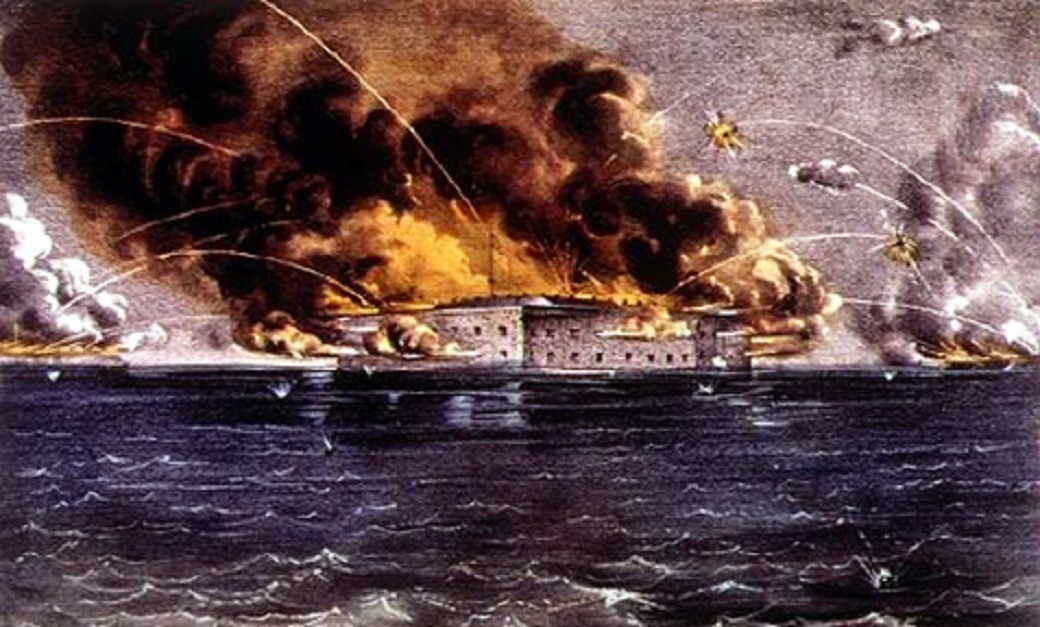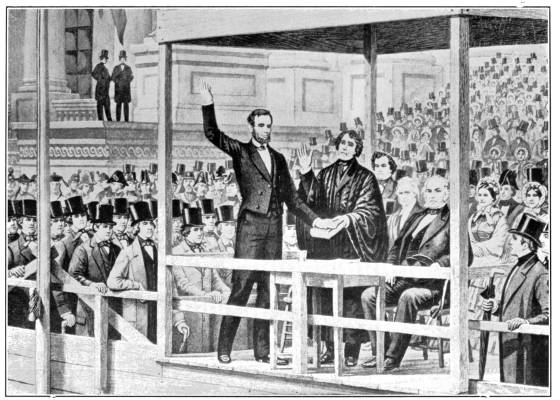The Civil War Begins: The Attack on Fort Sumter
The Civil War Begins: The Attack on Fort Sumter In March of 1861, President Lincoln announced his intention to resupply Fort Sumter, the lonely… Read More »The Civil War Begins: The Attack on Fort Sumter

